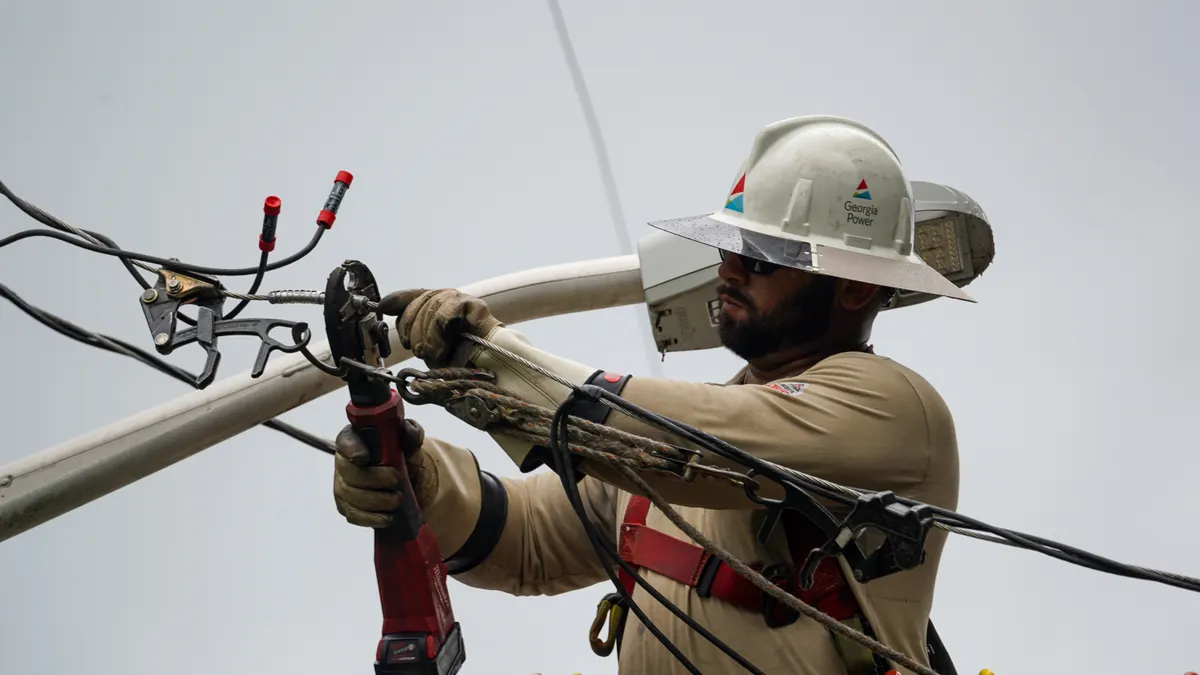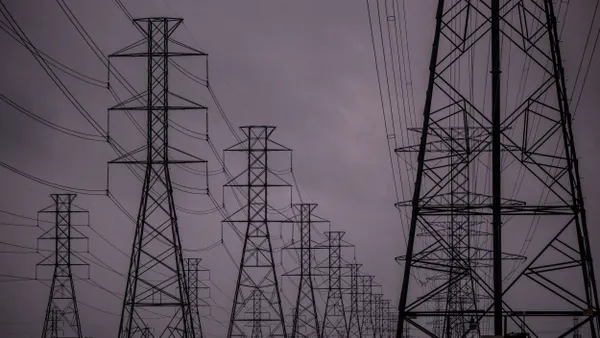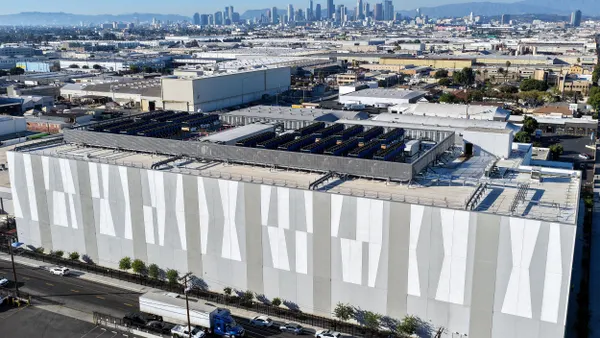Dive Brief:
- The Federal Energy Regulatory Commission's 10th annual report on demand response and advanced metering finds the deployment of infrastructure continues to spread but the impact of demand reductions appears mixed.
- Advanced metering infrastructure (AMI), the backbone of demand response programs, now represents almost 38% of all meters in the United States, and an additional 8.7 million were installed between 2012 and 2013.
- However, potential peak reductions from retail demand response programs actually declined almost 5% from 2012 to 2013. Data from ISO and RTO programs show demand response is capable of meeting roughly 6% of peak demand.
.
Dive Insight:
The AMI, which underpins demand response programs, continues to spread and now makes up almost four out of every 10 meters in the United States. But while that likely means demand response resources will continue to expand in the future, FERC's newest assessment of the resource reveals a mixed bag for how the power sector is integrating the resource.
Between 2012 and 2013, potential peak reductions from retail demand response programs declined across the North American Electric Reliability Council regions, though the decline was hardly uniform.
"Nationwide, total potential peak reduction from retail demand response programs decreased by 1,408 MW between 2012 and 2013," the report finds, a drop of 4.9%. DR potential peak reductions declined about 28,500 MW to 27,100 MW.
But potential peak reductions increased in the SERC Reliability Corporation region by approximately 2,200 MW, due to a large increase in reported savings from industrial programs operated by
the Tennessee Valley Authority. The Florida Reliability Coordinating Council saw a reduction of 1,383 MW of potential peak savings, nearly a 42% drop, due to much lower reported savings from Florida Power & Light’s demand response programs. The Midwest region similarly saw a 1,300 MW drop in potential peak savings, a 23% decrease, due to lower reported savings from programs operated by Nebraska Public Power District and Northern States Power Co. – Minnesota.
FERC said industrial demand response represented 55% of potential peak reduction in retail programs, an increase of eight percentage points over 2012.
ISO and RTO data, however, show a slight increase in demand response potential from 2013 to 2014, moving up to 28,934 MW, a 0.5% increase from the previous year. Demand response potential could meet 6.2% of peak demand in 2014, FERC concluded, but it appears that may simply be pacing demand.
"Since 2009, potential peak reduction from demand response in wholesale markets has increased by approximately 6%, but peak demand has also increased by a similar amount, resulting in little net change in the contribution of demand response to meeting peak demand," FERC's report found.














